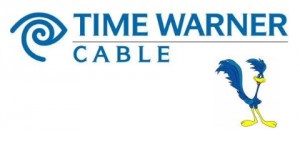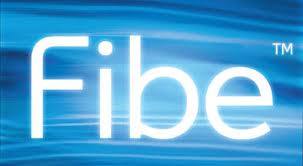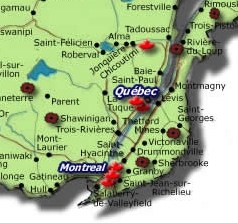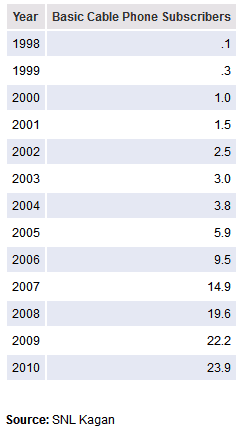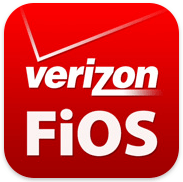 Verizon FiOS standalone broadband customers choosing the company’s standard service will see rate increases of $10 a month starting June 17, but those upgraded to the company’s premium speed tiers, which are getting much faster, may not see any rate hike at all.
Verizon FiOS standalone broadband customers choosing the company’s standard service will see rate increases of $10 a month starting June 17, but those upgraded to the company’s premium speed tiers, which are getting much faster, may not see any rate hike at all.
The Verge received word from an anonymous Verizon employee who passed along the rate hike information that will apply to broadband-only customers:
- Standard 15/5Mbps service: (Was $54.99/mo) now up $10 to $64.99
- 50/25Mbps service: (Was $74.99/mo for 25/25Mbps) remains $74.99
- 75/35Mbps service: (New offer) $84.99
- 150/65Mbps service: (Was $94.99/mo for 50/20Mbps) remains $94.99
- 300/65Mbps service: (Was $199.99/mo for 150/35Mbps) now $204.99
All new pricing requires a two-year contract (month-to-month service costs $5/mo more) and home phone service with Verizon (or pay a $5/mo surcharge). Speeds of 150 or 300Mbps require a 2-4 hour service call and upgrade fee of $100 for new equipment unless you are on a two-year contract, are a new customer, or already have Verizon’s 150Mbps service. Customers living in multi-dwelling units served by VDSL and not fiber-to-the-apartment will pay the new higher price for standard service, but cannot receive the new enhanced speed tiers.
With the majority of Verizon customers paying only for standard speed service, Verizon will pocket significantly higher revenue for broadband. But customers need not pay for more expensive a-la-carte broadband. Verizon offers significant discounts for customers who sign up for triple play packages on phone, Internet, and television service. Bundled customers continue to get the most bang for the buck, but not if you don’t use the services Verizon wants to sell.
Jonathan Takiff, a columnist for the Philadelphia Daily News says he isn’t buying at the prices Verizon is charging.
I also was disappointed with the announcement that Verizon will continue to offer entry level FiOS Internet running at 15/5 Mbps. If the operation has such superior technology and capacity, why not flaunt it and give us casual users more headroom? Even with its old school coaxial cable network, Xfinity service starts at 20 Mbps down.
Clearly, Verizon hopes to up-sell customers to a higher, more profitable tier. And they’re using that grandiose 300 Mbps offering as an attention getter, to get folks thinking more aspirationally. Kinda like the way a car company throws a high powered, ridiculously priced, super flashy sports car into the showroom mix. Makes you go for the bigger engine in the econobox.
[…] What’s a good deal for Internet service on a global basis? In front-running Japan, the average service runs at 61 Mbps and costs 27 cents per megabit, per month. While not quite as dramatic, Internet services in South Korea, Finland and France also make U.S. providers look like stingy bastards.


 Subscribe
Subscribe